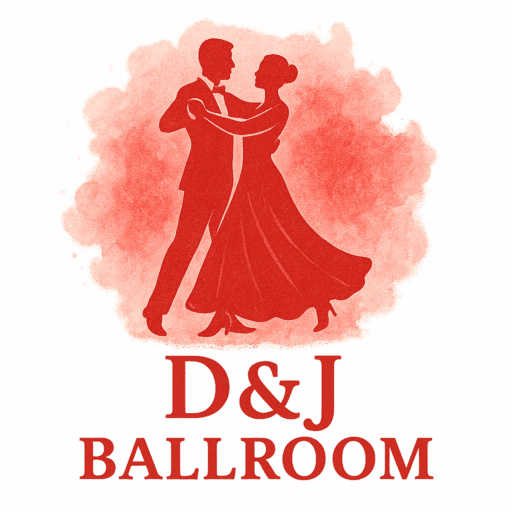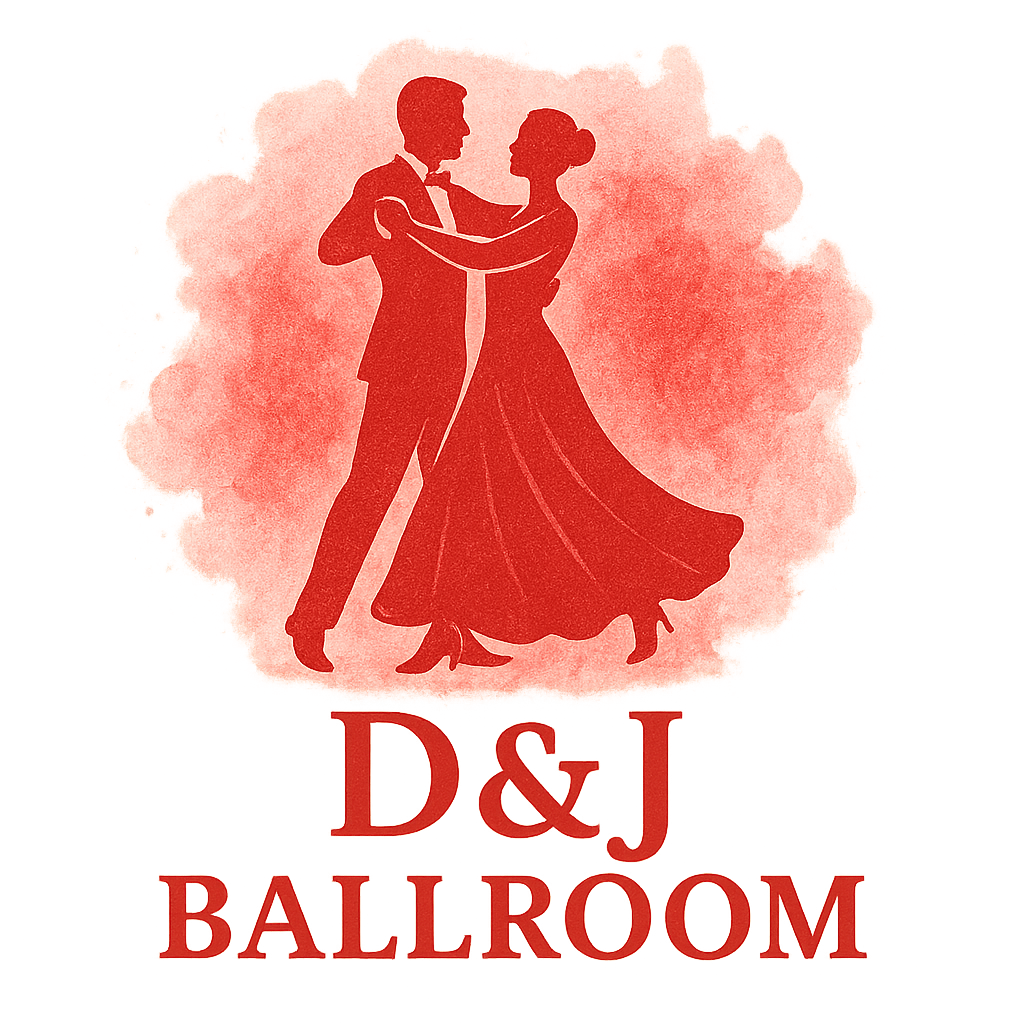Introduction to Ballroom Posture
In ballroom dancing, posture is more than just standing tall—it’s the foundation of every step, turn, and connection. Before you even take the first movement, the way you hold yourself communicates elegance, control, and confidence. Dancers who study ballroom techniques and training quickly realize that posture is not optional—it’s essential.
Why Posture Matters in Ballroom Dancing
The Role of Posture in Confidence
A strong, upright stance projects confidence. Just like in life, when you walk into a room with good posture, people notice. On the dance floor, that translates into presence and authority.
Connection Between Posture and Balance
Balance is everything in ballroom. Without it, your dance styles suffer, your spins wobble, and your connection with your partner weakens. Posture works like your anchor—it keeps you steady so movement flows.
Posture as the Foundation of Technique
Think of posture as the roots of a tree. Without strong roots, the branches can’t thrive. Whether it’s the dramatic flair of tango or the floating rise and fall of a waltz, every ballroom technique depends on posture.
Common Posture Mistakes Dancers Make
Rounded Shoulders
Rounded shoulders close your frame and make arm styling less elegant—a common beginner mistake.
Slouching Through the Core
When your core collapses, balance disappears. This is why training drills focus heavily on core engagement.

Head Position Errors
Your head isn’t just for show. In ballroom culture, the head position defines lines, especially in standard dances like the waltz. Dropping or tilting it ruins the frame.
Ballroom Technique Drills to Improve Posture
Drill 1: Wall Alignment Check
Stand against a wall with heels, hips, shoulders, and head aligned. Hold for 30 seconds, then step forward maintaining that posture.
👉 Related: Ballroom training methods that improve body awareness.
Drill 2: Book-on-Head Balance Exercise
Balance a book on your head while walking or practicing simple dance movements. This classic exercise sharpens head alignment.
Drill 3: Resistance Band Shoulder Expansion
Open your chest with resistance band pulls at shoulder level. This strengthens muscles for a broader, more elegant frame.
Drill 4: Core Engagement with Breathing
Inhale deeply, engage the core as you exhale, and practice steps without losing control. A strong core supports every ballroom move.
Drill 5: Mirror Walk Technique
Practice walking in front of a mirror, correcting your posture in real-time.
👉 Try incorporating it while rehearsing ballroom event routines.
Drill 6: Frame Hold with Partner
Work with your partner to hold the dance frame while moving slowly. This builds endurance for competitions.
Drill 7: Slow Rise and Fall Practice
Practice waltz rise and fall without music, keeping posture steady. This improves grace and body control.
Tips for Maximizing Your Posture Training
- Be consistent rather than intense.
- Record yourself to catch hidden errors.
- Work with a coach for expert corrections.
Linking Posture to Ballroom Styles
Waltz and the Upright Frame
The waltz demands smooth rise and fall, requiring a lifted, upright frame. Learn more about waltz technique.
Tango and the Dramatic Stance
Tango thrives on intensity and power. Its sharp lines are impossible without strong posture. Explore the rich history of tango.
Quickstep and Fluid Posture Shifts
Quickstep combines speed and bounce, demanding both posture stability and flexibility.
Ballroom Posture Beyond the Dance Floor
Good posture isn’t only for dancing. It improves confidence in daily life, enhances breathing, and prevents back pain. The discipline you learn through ballroom culture influences health and lifestyle far beyond the studio.
Conclusion
Ballroom posture is the backbone of elegance. With these seven drills, you’ll not only look refined on the dance floor but also feel stronger and more confident in everyday life. Like ballroom fashion enhances appearance, posture enhances presence—both are vital for a polished dancer.
FAQs
1. How often should I practice posture drills for ballroom dancing?
At least 10–15 minutes a day for lasting results.
2. Can beginners use these ballroom technique drills?
Yes! They’re simple yet effective for beginners.
3. Do I need equipment for posture training?
Not really. A mirror, book, or resistance band is enough.
4. How long until I see improvement?
Most dancers notice changes in 4–6 weeks of consistent practice.
5. Does good posture affect competition scores?
Absolutely! Judges look for posture as part of presentation.
6. Should I practice drills with music?
Start without music for focus, then add rhythm later.
7. Are posture drills useful beyond ballroom?
Yes—great posture benefits health, confidence, and even everyday activities.


